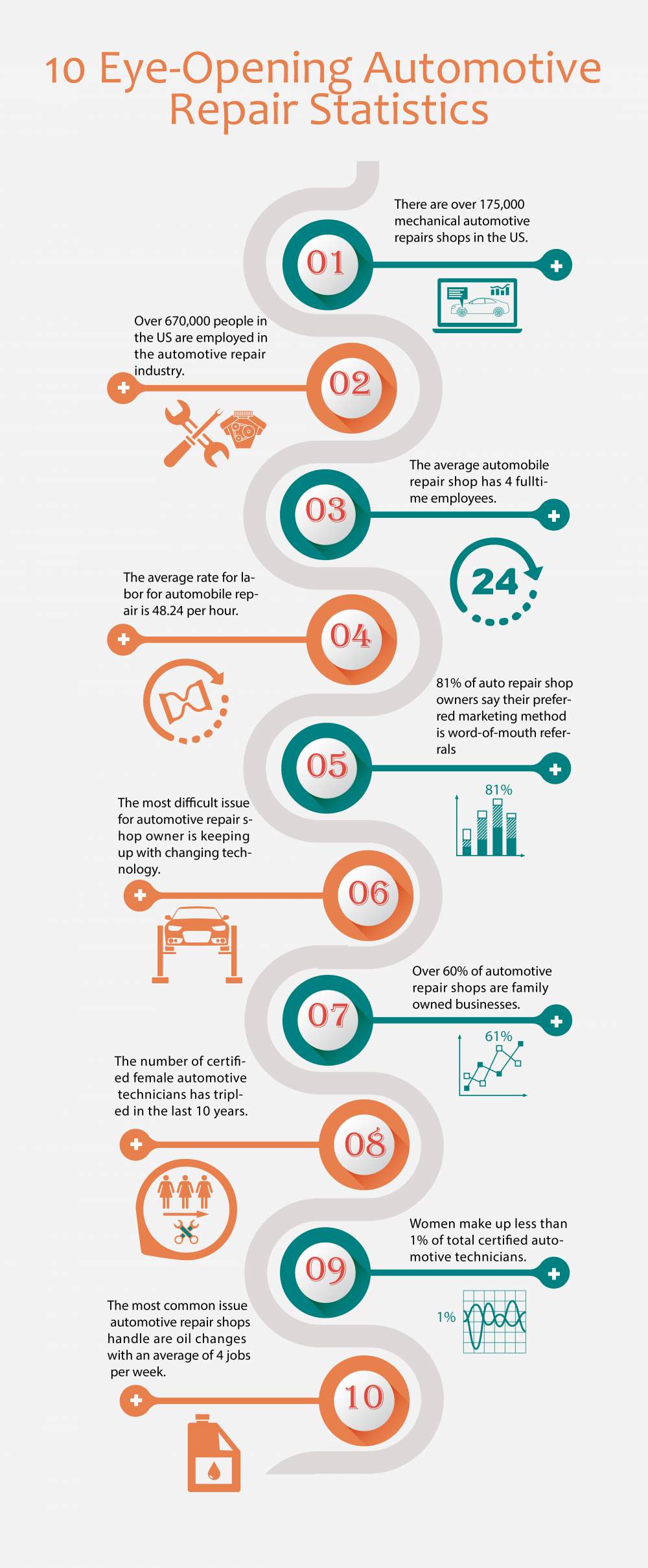Translating Your Automobile'S Alert Lights: Their Real Implications
Translating Your Automobile'S Alert Lights: Their Real Implications
Blog Article
Content Develop By-Higgins Dalgaard
When you lag the wheel, those glowing warning lights on your dashboard can be a bit puzzling. Do you know what they're attempting to tell you concerning your automobile's health? Understanding the value of these lights is vital for your safety and the durability of your vehicle. So, the next time among those lights appears, wouldn't you intend to analyze its message precisely and take the essential actions to resolve it?
Common Warning Lighting and Interpretations
Recognize typical warning lights in your vehicle and comprehend their meanings to guarantee secure driving.
One of the most normal caution lights include the check engine light, which signifies concerns with the engine or emissions system. If this light begins, it's critical to have your car examined without delay.
The oil stress cautioning light indicates reduced oil stress, requiring immediate attention to stop engine damages.
A blinking battery light may recommend a faulty charging system, potentially leaving you stranded otherwise dealt with.
The tire pressure monitoring system (TPMS) light signals you to reduced tire pressure, affecting car security and gas performance. Overlooking this might lead to harmful driving problems.
The abdominal muscle light shows a problem with the anti-lock braking system, compromising your ability to stop promptly in emergencies.
Finally, the coolant temperature warning light warns of engine overheating, which can lead to extreme damage otherwise settled promptly.
Understanding these common warning lights will help you address concerns without delay and maintain safe driving conditions.
Significance of Prompt Focus
Recognizing the usual caution lights in your automobile is just the very first step; the significance of promptly resolving these warnings can not be stressed enough to ensure your safety when traveling.
When a warning light brightens on your control panel, it's your automobile's means of connecting a potential issue that needs interest. Overlooking mouse click the next internet page can lead to more extreme problems later on, jeopardizing your safety and potentially costing you extra out of commission.
Prompt interest to warning lights can avoid break downs and mishaps. For example, a blinking check engine light can indicate a misfire that, if left unattended, might cause damages to the catalytic converter. Addressing this immediately can save you from a costly repair work.
In a similar way, a brake system cautioning light could indicate low brake fluid or used brake pads, vital elements for your safety when driving.
Do It Yourself Troubleshooting Tips
If you notice a warning light on your control panel, there are a couple of DIY repairing pointers you can attempt before seeking professional help.
The first step is to consult your automobile's manual to comprehend what the specific caution light suggests. Occasionally the problem can be as basic as a loosened gas cap setting off the check engine light. Tightening up the gas cap might solve the problem.
additional reading is a low battery, which can activate different cautioning lights. Examining the battery connections for deterioration and ensuring they're safe and secure might take care of the problem.
If a caution light continues, you can try resetting it by detaching the cars and truck's battery for a few minutes and afterwards reconnecting it. Furthermore, inspecting your lorry's liquid degrees, such as oil, coolant, and brake liquid, can aid troubleshoot advising lights related to these systems.
Verdict
To conclude, understanding your auto's caution lights is important for keeping your automobile running smoothly and safely. By quickly attending to these alerts and understanding what they imply, you can avoid expensive repair services and possible malfunctions.
Bear in mind to consult your car's manual for particular information on each alerting light and do something about it accordingly to make certain a hassle-free driving experience.
Keep notified, stay risk-free on the road!
